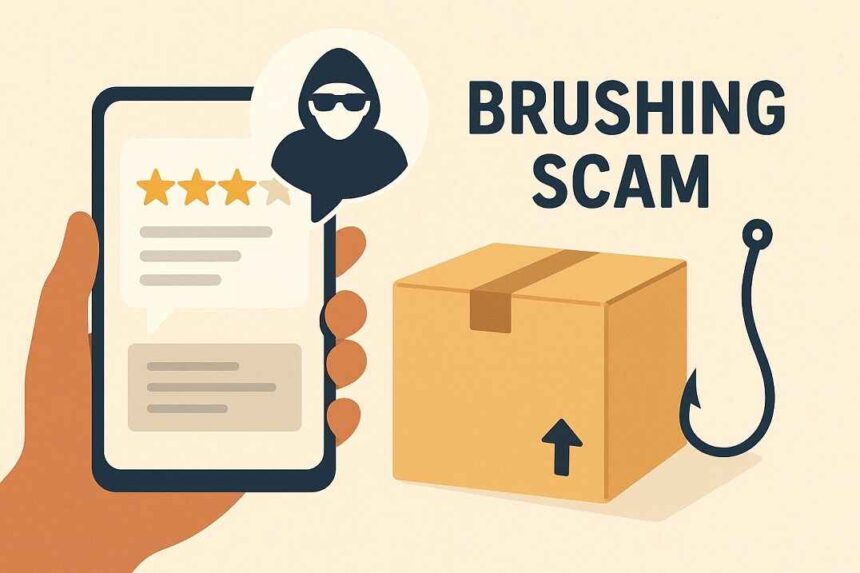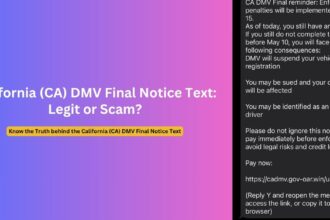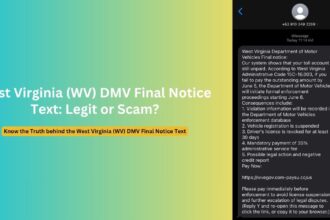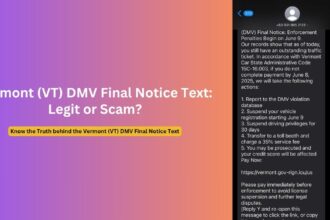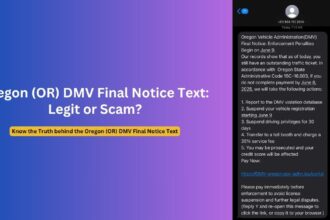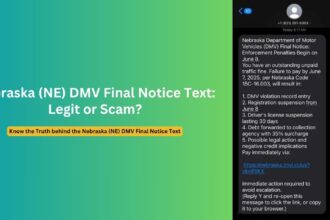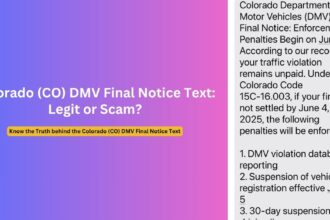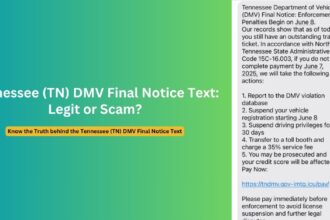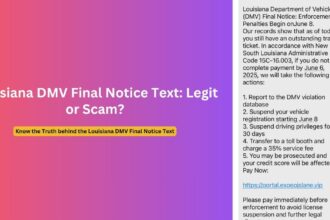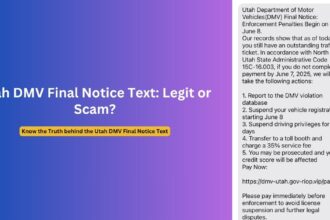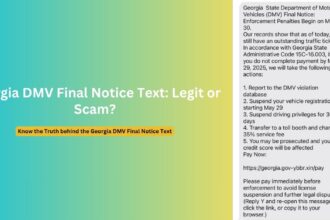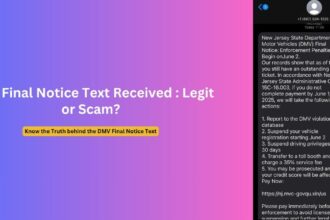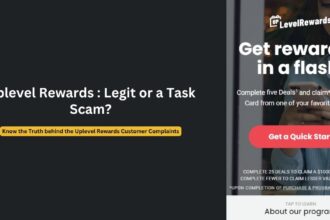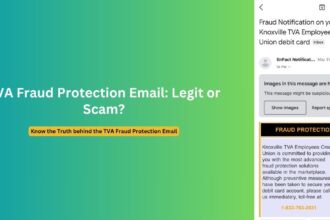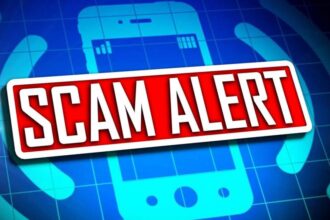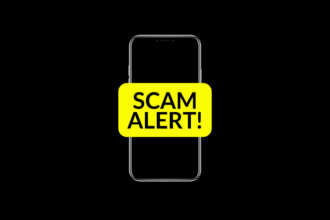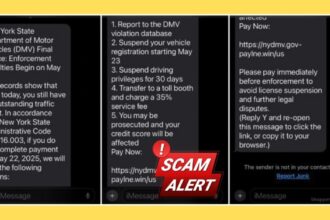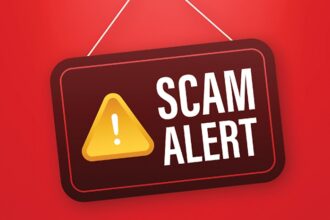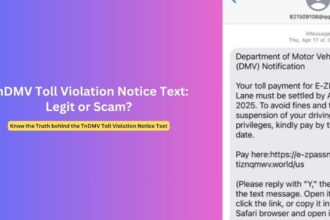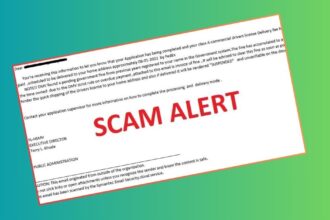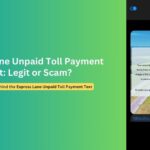Have you ever opened your mailbox to find a package you never ordered? Before you celebrate this seemingly harmless windfall, you might be the unwitting recipient in a growing scheme called a “brushing scam.” These unsolicited deliveries aren’t random acts of kindness but calculated fraudulent practices that could signal your personal information has been compromised.
As reports of brushing scams continue to rise across the country, consumers need to understand what these scams entail and how to protect themselves. This comprehensive guide will explore the mechanics behind brushing scams, their potential dangers, and the steps you should take if you find yourself targeted.
What Are Brushing Scams?
Brushing scams represent a form of e-commerce fraud where sellers ship unsolicited items to individuals without their knowledge or consent. These packages, often containing inexpensive items like jewelry, electronics, or random gadgets, are typically addressed to the recipient but may lack a return address or display the address of a retailer like Amazon or eBay.
The term “brushing” originates from Chinese e-commerce, where sellers “brush up” their sales numbers and ratings by creating fake transactions. While receiving free merchandise might seem harmless or even fortunate, these deliveries often indicate that your personal information has been obtained by third parties for fraudulent purposes.
How the Scam Work
The mechanics behind brushing scams follow a calculated pattern:
- Information Acquisition: Scammers obtain names and addresses through various methods, including data breaches, people search sites, data broker companies, or purchasing information from illicit sources on the dark web.
- Fake Account Creation: Using this information, scammers create fake buyer accounts on e-commerce platforms like Amazon, eBay, or AliExpress.
- Self-Purchases: The scammer then purchases their own products using these fraudulent accounts and ships inexpensive items to the addresses they’ve acquired.
- Verification of Purchase: Once delivery is confirmed, the scammer gains “verified buyer” status, which carries more weight on most platforms.
- Fake Reviews: With verified status, the scammer posts positive reviews of their products using the fake accounts, artificially inflating their ratings and visibility.
- Increased Sales: Higher ratings and review counts boost the product’s ranking in search results, leading to more genuine purchases from unsuspecting consumers.
The cost of shipping cheap items is negligible compared to the potential profit from increased sales achieved through manipulated ratings. These false reviews create a deceptive marketplace where low-quality products appear popular and well-received.
Variations of Brushing Scams
While the core concept remains consistent, brushing scams have evolved to include several variations:
1. Traditional Brushing
The most common form involves sending inexpensive, lightweight items such as hair accessories, small electronics, or trinkets to generate verified purchases and reviews.
2. Quishing (QR Code Phishing)
A newer, more dangerous variation incorporates QR codes with the packages. These codes direct victims to fraudulent websites designed to look legitimate but actually collect personal identifiable information (PII). The QR codes are typically presented as a way to discover who sent the gift or to learn more about the company.
3. High-Value Item Scams
Although less common due to cost, some scammers send more expensive items. When this occurs, it may indicate a more sophisticated operation or possibly that your account has been compromised. In these cases, the scammer might be using stolen credit cards or compromised accounts to make purchases.
4. Parcel Mule Setups
Some schemes involve sending packages to addresses where “porch pirates” are instructed to retrieve them before the resident notices. This creates a laundering mechanism for products purchased with stolen payment information.
Signs You’ve Received a Brushing Scam Package
Several indicators can help you identify if you’ve received a brushing scam package:
- Unexpected deliveries addressed to you that you don’t remember ordering
- No return address on the package or a return address from a retailer you haven’t purchased from
- Inexpensive, lightweight items like seeds, small electronics, or accessories
- Packages that appear to have been opened and resealed
- Non-standard packaging or tape that doesn’t match the supposed sender’s typical packaging
- Your name appearing in reviews for products you never purchased
- Unusual timing, such as multiple unrelated packages arriving in a short period
Negative Impacts of Brushing Scams
While receiving free items might seem harmless, brushing scams can have several concerning implications:
1. Personal Data Exposure
Receiving unsolicited packages indicates your personal information (at minimum, your name and address) has been obtained by third parties. This could suggest your data was exposed in a breach or is being traded on data broker sites.
2. Identity Theft Risk
Although the scam itself doesn’t necessarily involve identity theft, the possession of your personal information by scammers could make you more vulnerable to future scams or fraud attempts.
3. Account Compromise
If expensive items arrive unexpectedly, this could indicate that your e-commerce account has been compromised. Scammers could be using your payment methods or account information to make fraudulent purchases.
4. Consumer Deception
The fake reviews generated through brushing scams mislead other consumers into purchasing low-quality products, undermining the integrity of review systems that many rely on for purchase decisions.
5. Safety Concerns
Some items received through brushing scams, particularly cosmetics, food products, or plant seeds, could potentially pose health or biosecurity risks if they don’t meet proper safety standards.
Protecting Yourself from Brushing Scams
Taking proactive measures can help protect you from becoming a target of brushing scams:
Secure Your Online Accounts
- Use strong, unique passwords for each online account
- Enable two-factor authentication whenever possible
- Regularly monitor your order history and archived orders
- Remove saved payment methods from e-commerce accounts when not in use
Manage Your Personal Information
- Regularly check and opt out of data broker sites
- Be cautious about sharing your address online
- Consider using a P.O. box for online orders
- Limit the personal information you share on social media
Monitor Your Financial Accounts
- Review your credit card and bank statements regularly
- Set up transaction alerts for unusual activity
- Consider freezing your credit reports to prevent unauthorized accounts
- Conduct periodic dark web scans to check if your information has been compromised
Verify Online Sellers
- Research sellers before purchasing, especially on third-party marketplaces
- Look for detailed, specific reviews rather than generic praise
- Be skeptical of products with a sudden influx of positive reviews
- Check seller history and longevity on the platform
Handling Unexpected Packages
If you receive an unsolicited package that you suspect is part of a brushing scam:
1. Report to the Marketplace
Contact the e-commerce platform (Amazon, eBay, etc.) through their customer service or fraud reporting system. Provide details such as tracking numbers and photos of the package if possible.
2. Don’t Use the Products
Avoid using or consuming products of questionable origin, especially cosmetics, food items, or seeds that could pose safety risks.
3. Check Your Accounts
Immediately verify your e-commerce accounts for any unauthorized activity or archived orders you didn’t place. Change your passwords and enable additional security features.
4. Keep or Discard the Items
According to federal law, you are under no obligation to return or pay for unsolicited merchandise. You can legally keep, donate, or discard the items as you see fit.
5. Document Everything
Keep records of all unexpected packages, including dates, contents, and any communication with retailers or platforms about the incidents.
How to Stop Brushing Scams
While individual consumers can’t stop brushing scams entirely, collective action can help reduce their impact:
1. Report to Consumer Protection Agencies
File complaints with consumer protection agencies like the Federal Trade Commission (FTC) or your state’s attorney general’s office. These reports help authorities identify patterns and take action against repeat offenders.
2. Notify Postal Inspection Services
If the packages arrive through USPS, report suspicious mail to the U.S. Postal Inspection Service, which investigates mail fraud.
3. Write Honest Reviews
Continue to write honest, detailed reviews of products you actually purchase to help maintain the integrity of review systems.
4. Advocate for Platform Changes
Support initiatives that call for stricter verification processes on e-commerce platforms to prevent fake reviews and fraudulent accounts.
Frequently Asked Questions
1. Can I keep items sent to me as part of a brushing scam?
Yes. Under federal law, you are not obligated to pay for or return unordered merchandise. You can legally keep, donate, or dispose of the items as you see fit.
2. Does receiving a brushing scam package mean my identity has been stolen?
Not necessarily. While it indicates your name and address have been obtained by scammers, this information is often available through public records or data brokers. However, it’s advisable to monitor your accounts for any suspicious activity.
3. Should I be concerned if I receive an expensive item I didn’t order?
Yes. While typical brushing scams involve inexpensive items, receiving valuable merchandise could indicate account compromise. Check your order history, including archived orders, and contact the retailer immediately.
4. Will reporting a brushing scam help prevent future occurrences?
Reporting to platforms can help them identify and ban sellers engaging in these practices. While it may not prevent all future occurrences, it contributes to broader efforts to combat these scams.
5. What should I do if I find reviews under my name for products I never purchased?
Contact the platform immediately to report the fraudulent activity and request removal of the fake reviews. Consider changing your account password and enabling additional security features.
Conclusion
Brushing scams represent a growing challenge in the e-commerce landscape, exploiting consumer trust and platform review systems for profit. While receiving free merchandise might seem harmless, these unsolicited packages often signal that your personal information has been compromised to some degree.
By understanding how these scams operate, recognizing the warning signs, and taking proactive protective measures, consumers can better safeguard their information and help maintain the integrity of online marketplaces. Remember, if you receive a package you didn’t order, it’s not merely a stroke of good luck—it’s a reason to be vigilant about your personal information and online accounts.
Should you find yourself the recipient of suspicious packages, don’t panic. Follow the recommended steps to report the incident, secure your accounts, and monitor your information. By staying informed and alert, you can transform from an unwitting pawn in a brushing scam to an empowered consumer protecting both yourself and others from deceptive practices.
